This post may contain affiliate links. Please read our
disclosure policy
for more information.
Are you organizing your fridge in a way that compromises the longevity of your food?
If you’ve never worked in a commercial kitchen, you might be surprised to learn that there’s an optimal way to store the items in your fridge for maximum freshness and safety. The design of commercial kitchen refrigerators is a bit different than what you might be used to, so I’m going to show you the best way to arrange your fridge at home!
The first thing to remember is that each area of your fridge ranges in temperature. The warmest part of your fridge are its doors.
The Doors
Break on through to the other side! Okay, no. Not those doors…
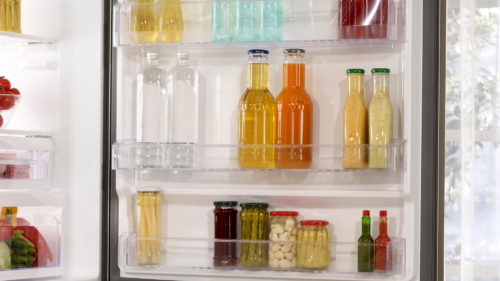
Because fridge doors are the warmest part, they’re meant for foods that can withstand temperature fluctuations. As tempting as it is, doors are not the place for dairy or eggs, as they require an area with better temperature stability. Here are some items you CAN place in your fridge doors:
- Mustard
- Mayo
- Ketchup
- Relish
- Bottled water
- Soda
- Juice
- Other condiments
However! It’s important to remember that these items are also perishables and won’t last forever. While cleaning your fridge, these areas often remain out of sight, and as such, out of mind. But ingesting old condiments and juices CAN and WILL make you feel ooky, so don’t forget to check those dates and perform the occasional fridge door purge. (If you need motivation, here’s a video of me doing a Kitchen Detox at home. Let’s tackle it together!)
The Top Shelf

The top shelf of your fridge is the most consistent in temperature, but not the coldest area. For this reason, commercial kitchens reserve this area for foods with the lowest cooking temps and ready-to-eat foods. You should aim to stock this area with foods that don’t have to be cooked at all (like leftovers that have already been cooked). Placing ready-to-eat foods on the top shelf also ensures they aren’t compromised by being near (or below) raw meats and poultry. Here’s a list of top shelf-suitable options:
- Cooked meats (leftovers)
- Snacks
- Beer
- Deli meats
- Hummus
- Tortillas
- Bread loaves
- Sandwiches
- Microwaveable meals
- Drinks
Always be sure to cover top shelf foods or place them in sealed containers so they’re not exposed to contamination.
The Middle Shelf

Because the temperature gets colder the further down the fridge we go, I like to place all dairy on the middle shelf to ensure it lasts as long as possible. Likewise, these are some good middle shelf contenders:
- Milk
- Butter
- Cream cheese
- Sour Cream
- Eggs
- Cheesecake
- Yogurt
- Cheese
The Bottom Shelf
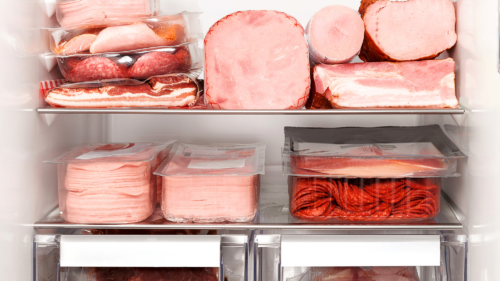
Think of your bottom shelf as the meat locker. This area is the coldest of the shelves (with the exception of the crisper/salad drawers), hence, it was made to keep raw foods temperature stable. Placing uncooked meats in this area also prevents gravity from contaminating your ready-to-eat foods in the case of drips. (We’ve all had to wipe meat juice off our fridge shelves at some point, and it is NOT pleasant.) By placing meats under everything else, you’ll avoid having to throw out good food that’s been compromised from a splash here or a spill there. This shelf should include:
- Uncooked beef, pork, steak
- Uncooked poultry
- Seafood
As always, these items should be covered, wrapped, or in sealed containers (the original containers preferably!) to prevent cross contamination and preserve the longevity of your meats.
The Crisper / Salad Drawers

The lower drawers in your fridge are meant to stay cool and a little humid so that your produce remains… well, CRISP. The does NOT mean you should stuff as many fruits and veggies as you can in one drawer. In fact, everything in your fridge is better off with some breathing room. As they ripen, certain fruits produce ethylene gas. This, however, promotes the ripening (and often the quick decay) of the produce around them. For this reason, it’s good to keep these fruits in one drawer and all other produce in the other. Here’s a list of ethylene-releasing fruits for reference:
- Apples
- Bananas
- Pears
- Peaches
- Melons
- Kiwi
- Apricots
- Peppers
- Tomatoes
- Avocados
Lettuce, carrots, and broccoli are some of the most ethylene-susceptible veggies and will wilt much faster if exposed to the natural gas. Definitely wash fruits and veggies before you eat them, but be aware that washing them too early before eating them will also shorten their shelf-life. Don’t forget that freezing produce is a great way to suspend its freshness for future baking or smoothies!
Congratulations! You’ve just graduated to Fridge Storage Master level! Go forth and spread the word of fridge safety and food longevity!
This post may contain affiliate links. Please read our
disclosure policy
for more information.
This post may contain affiliate links. Please read our
disclosure policy
for more information.
Are you organizing your fridge in a way that compromises the longevity of your food?
If you’ve never worked in a commercial kitchen, you might be surprised to learn that there’s an optimal way to store the items in your fridge for maximum freshness and safety. The design of commercial kitchen refrigerators is a bit different than what you might be used to, so I’m going to show you the best way to arrange your fridge at home!
The first thing to remember is that each area of your fridge ranges in temperature. The warmest part of your fridge are its doors.
The Doors
Break on through to the other side! Okay, no. Not those doors…

Because fridge doors are the warmest part, they’re meant for foods that can withstand temperature fluctuations. As tempting as it is, doors are not the place for dairy or eggs, as they require an area with better temperature stability. Here are some items you CAN place in your fridge doors:
- Mustard
- Mayo
- Ketchup
- Relish
- Bottled water
- Soda
- Juice
- Other condiments
However! It’s important to remember that these items are also perishables and won’t last forever. While cleaning your fridge, these areas often remain out of sight, and as such, out of mind. But ingesting old condiments and juices CAN and WILL make you feel ooky, so don’t forget to check those dates and perform the occasional fridge door purge. (If you need motivation, here’s a video of me doing a Kitchen Detox at home. Let’s tackle it together!)
The Top Shelf

The top shelf of your fridge is the most consistent in temperature, but not the coldest area. For this reason, commercial kitchens reserve this area for foods with the lowest cooking temps and ready-to-eat foods. You should aim to stock this area with foods that don’t have to be cooked at all (like leftovers that have already been cooked). Placing ready-to-eat foods on the top shelf also ensures they aren’t compromised by being near (or below) raw meats and poultry. Here’s a list of top shelf-suitable options:
- Cooked meats (leftovers)
- Snacks
- Beer
- Deli meats
- Hummus
- Tortillas
- Bread loaves
- Sandwiches
- Microwaveable meals
- Drinks
Always be sure to cover top shelf foods or place them in sealed containers so they’re not exposed to contamination.
The Middle Shelf

Because the temperature gets colder the further down the fridge we go, I like to place all dairy on the middle shelf to ensure it lasts as long as possible. Likewise, these are some good middle shelf contenders:
- Milk
- Butter
- Cream cheese
- Sour Cream
- Eggs
- Cheesecake
- Yogurt
- Cheese
The Bottom Shelf

Think of your bottom shelf as the meat locker. This area is the coldest of the shelves (with the exception of the crisper/salad drawers), hence, it was made to keep raw foods temperature stable. Placing uncooked meats in this area also prevents gravity from contaminating your ready-to-eat foods in the case of drips. (We’ve all had to wipe meat juice off our fridge shelves at some point, and it is NOT pleasant.) By placing meats under everything else, you’ll avoid having to throw out good food that’s been compromised from a splash here or a spill there. This shelf should include:
- Uncooked beef, pork, steak
- Uncooked poultry
- Seafood
As always, these items should be covered, wrapped, or in sealed containers (the original containers preferably!) to prevent cross contamination and preserve the longevity of your meats.
The Crisper / Salad Drawers

The lower drawers in your fridge are meant to stay cool and a little humid so that your produce remains… well, CRISP. The does NOT mean you should stuff as many fruits and veggies as you can in one drawer. In fact, everything in your fridge is better off with some breathing room. As they ripen, certain fruits produce ethylene gas. This, however, promotes the ripening (and often the quick decay) of the produce around them. For this reason, it’s good to keep these fruits in one drawer and all other produce in the other. Here’s a list of ethylene-releasing fruits for reference:
- Apples
- Bananas
- Pears
- Peaches
- Melons
- Kiwi
- Apricots
- Peppers
- Tomatoes
- Avocados
Lettuce, carrots, and broccoli are some of the most ethylene-susceptible veggies and will wilt much faster if exposed to the natural gas. Definitely wash fruits and veggies before you eat them, but be aware that washing them too early before eating them will also shorten their shelf-life. Don’t forget that freezing produce is a great way to suspend its freshness for future baking or smoothies!
Congratulations! You’ve just graduated to Fridge Storage Master level! Go forth and spread the word of fridge safety and food longevity!
This post may contain affiliate links. Please read our
disclosure policy
for more information.







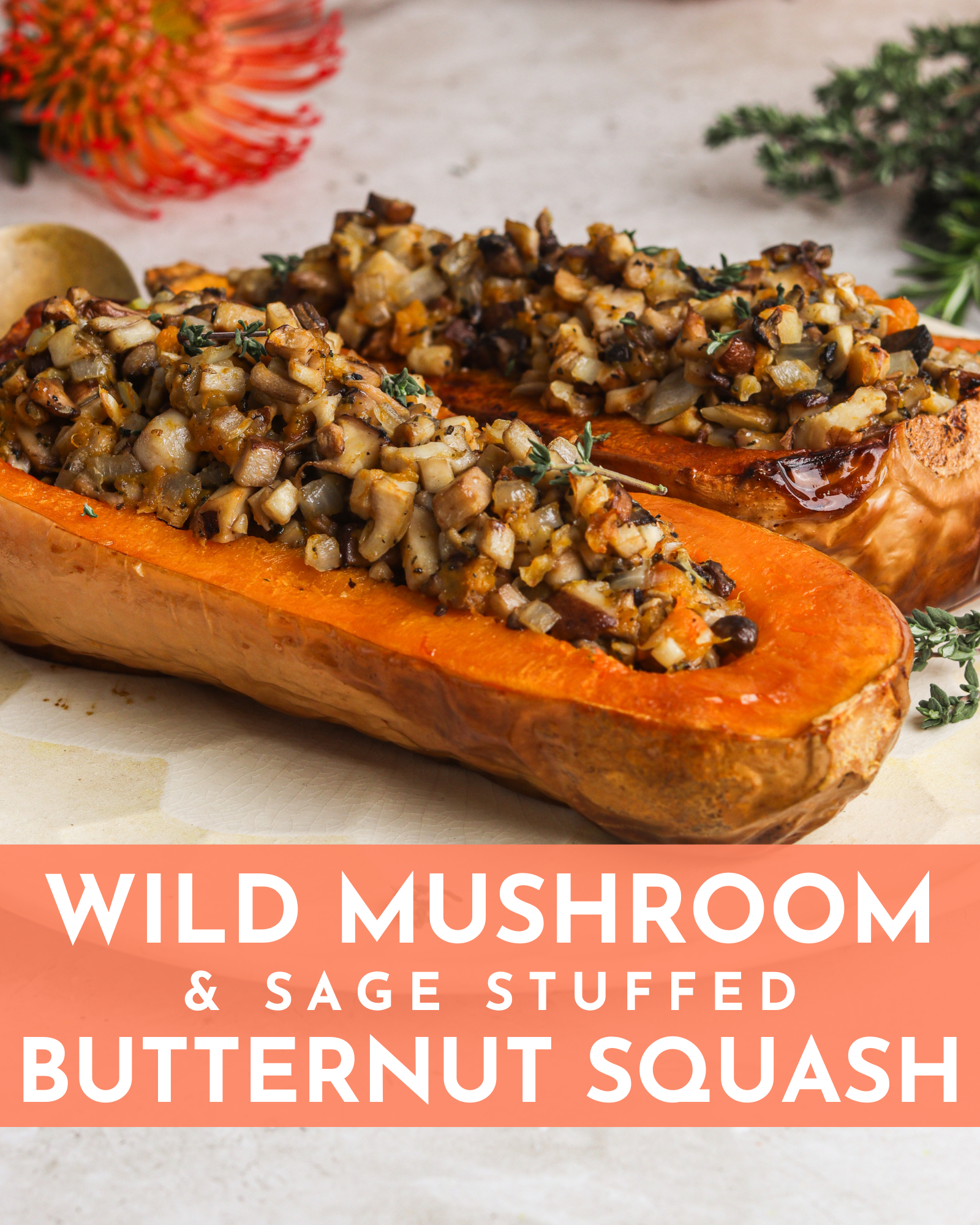
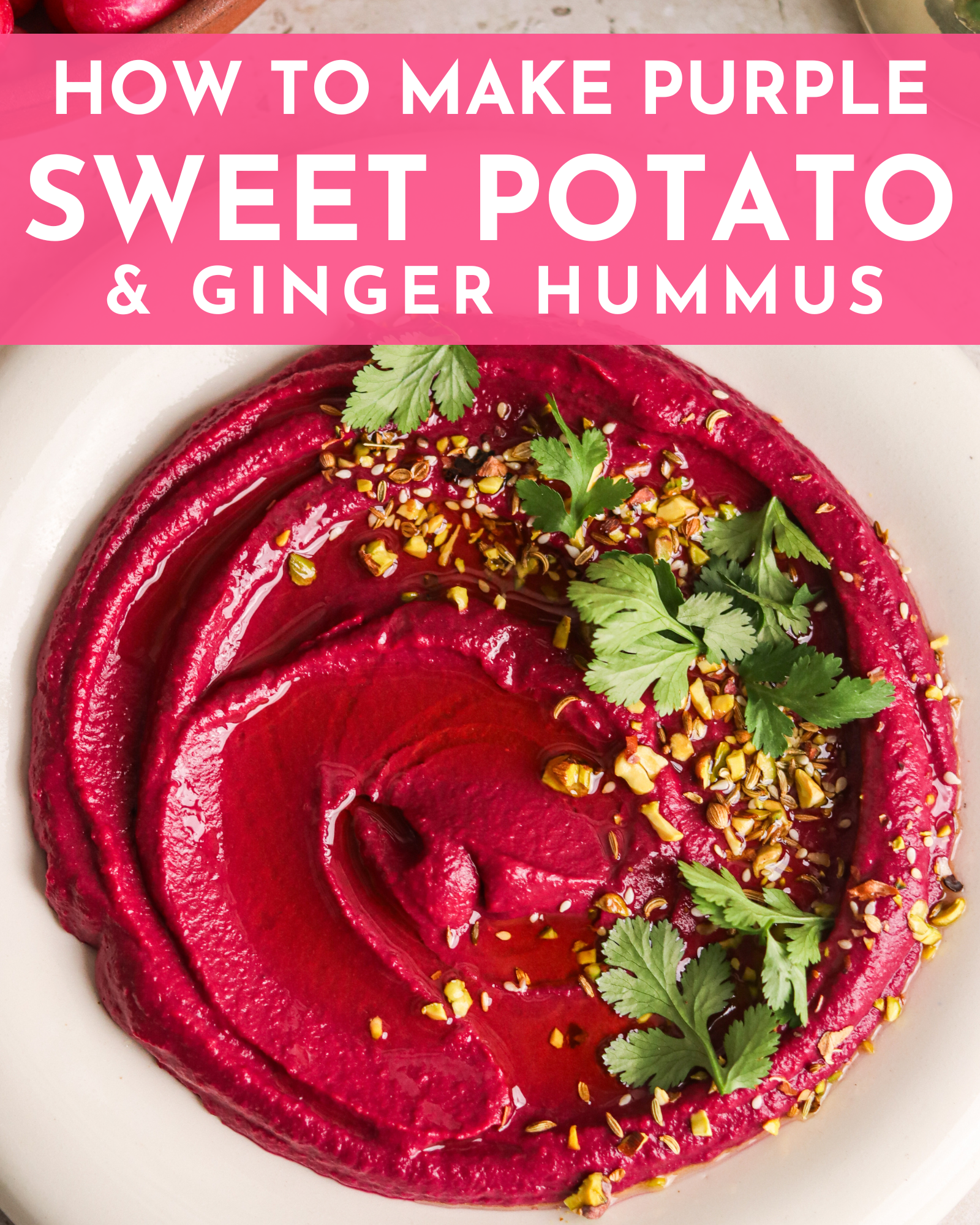
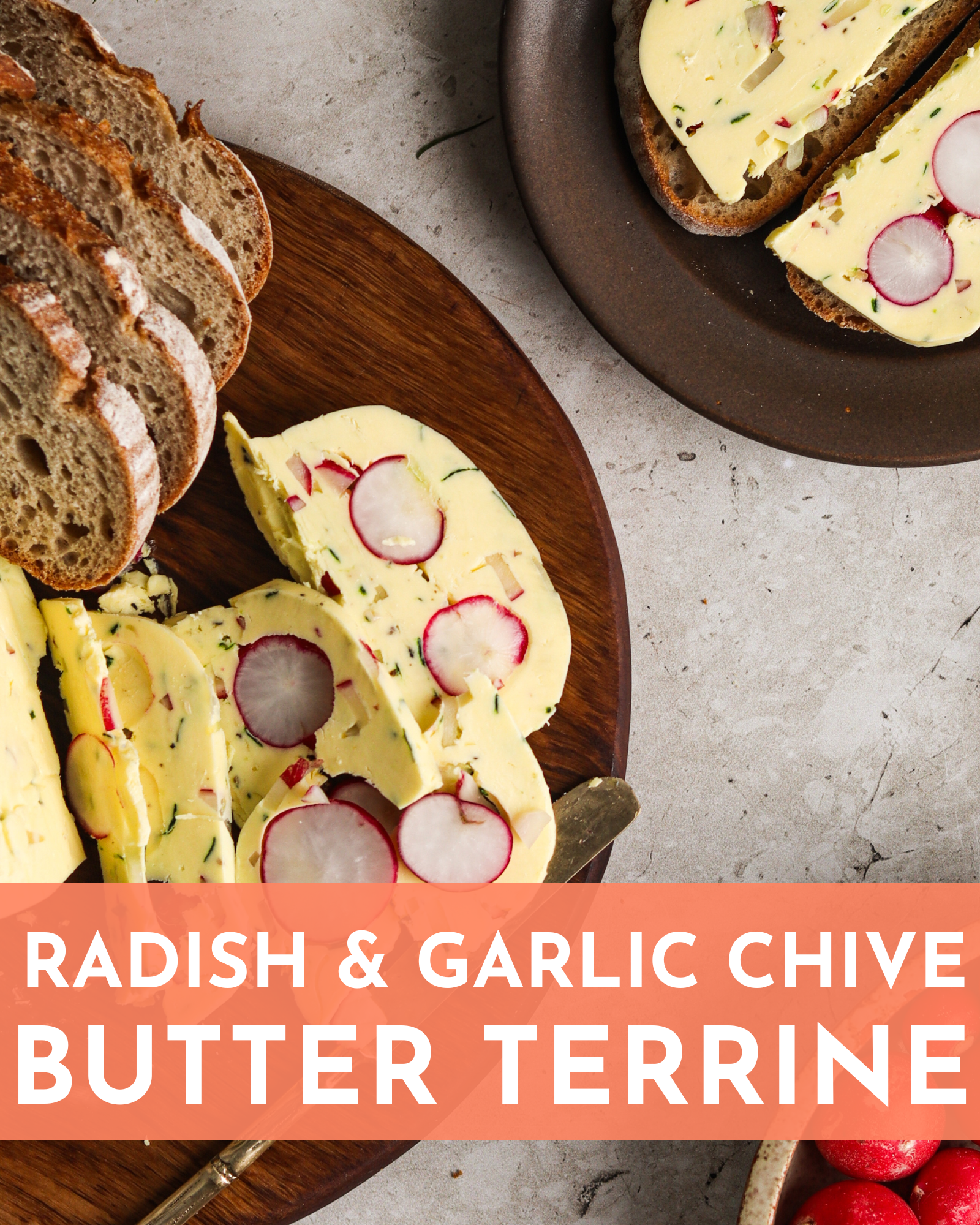
Enjoyed this very much….great information on ways to store things in the fridge….enjoyed info….you were “with me” when I read the article, having my morning coffee…nice to have your company although not “in person” you felt as if you were….very personal….thank you for the nice surprise…..